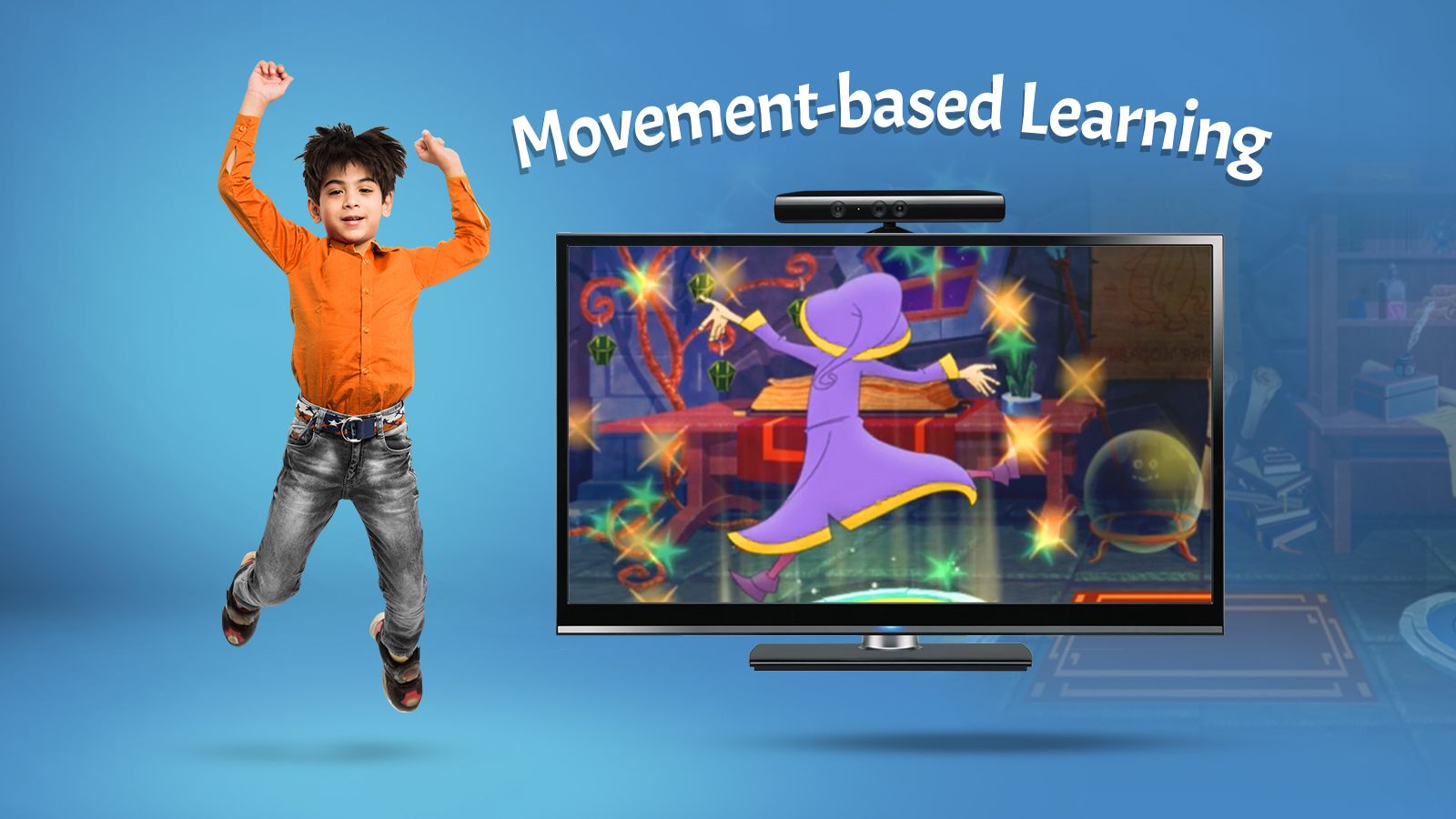How Movement-based Learning Transforms Early Childhood Education

Movement-based (embodied) learning is a highly effective educational approach that is quickly spreading to more and more schools all over the world! Many educators incorporate movement-based playful activities into everyday classroom practice. This is not done just during physical education. Use movement-based learning to teach young students academic concepts in Math and ELA. This is especially effective for students with disabilities.
Several research studies show the close link between physical activity and academic success, especially in Early Childhood Education.

Movement in education can grow a better brain! Why is that?
1. Improves Concentration
Students significantly improve their concentration levels throughout movement-based learning activities. The integration of physical activity into the learning process allows them to use both their mind and body while practicing in Math and ELA. This encourages them to focus entirely during a longer period of time.
2. Increases Engagement
When children use their body movements to practice, the learning process naturally becomes much more engaging than the traditional “sitting-in-a-chair-and-listening” approaches. They are hands-on activities that allow children to connect concepts to action, to learn through trial and error, and to follow instructions
3. Enhances Interpersonal Relationships
Movement-based activities also encourage students to collaborate with other students using strategies like turn-taking, role-playing, etc. By communicating and cooperating with each other in order to achieve a goal, they strengthen their social skills and increase their sense of belonging. Practice in social interactions provides important confidence for the future.
4. Increases Students’ Enjoyment
Students perceive this movement-based learning process as a game! They enjoy doing physical activities, even when they are related to challenging concepts. This is a fun way to learn and increases a student’s intrinsic motivation! What’s better than a happy student to work with?
Kinems Movement-based Whole Child Approach
All the benefits that movement-based learning can bring into the classroom, make it a very important element of the Whole Child Approach. This is a holistic educational approach that cultivates the spiritual, emotional, physical, and psychological dimensions of a developing child. It goes beyond their academic and future professional success, to prepare children to meet the overall challenges they will face later in life.
Would you like to learn more about Kinems Whole Child Approach and how to implement it in your classroom?
Book a free demo now with one of our Educational Experts!
